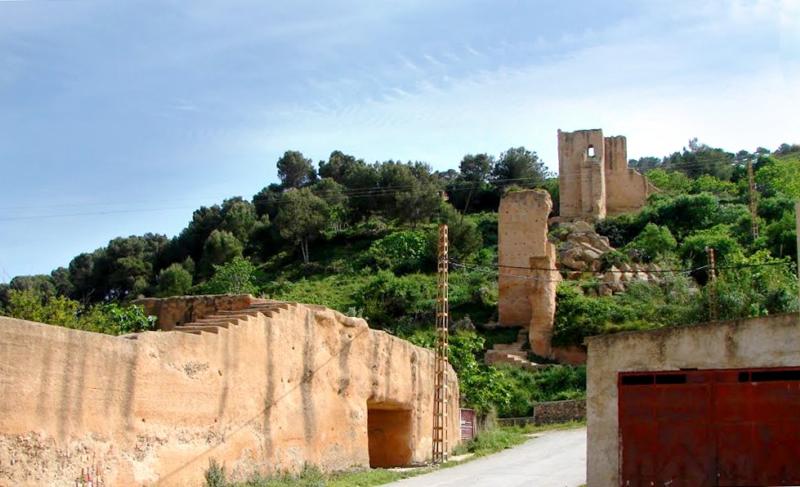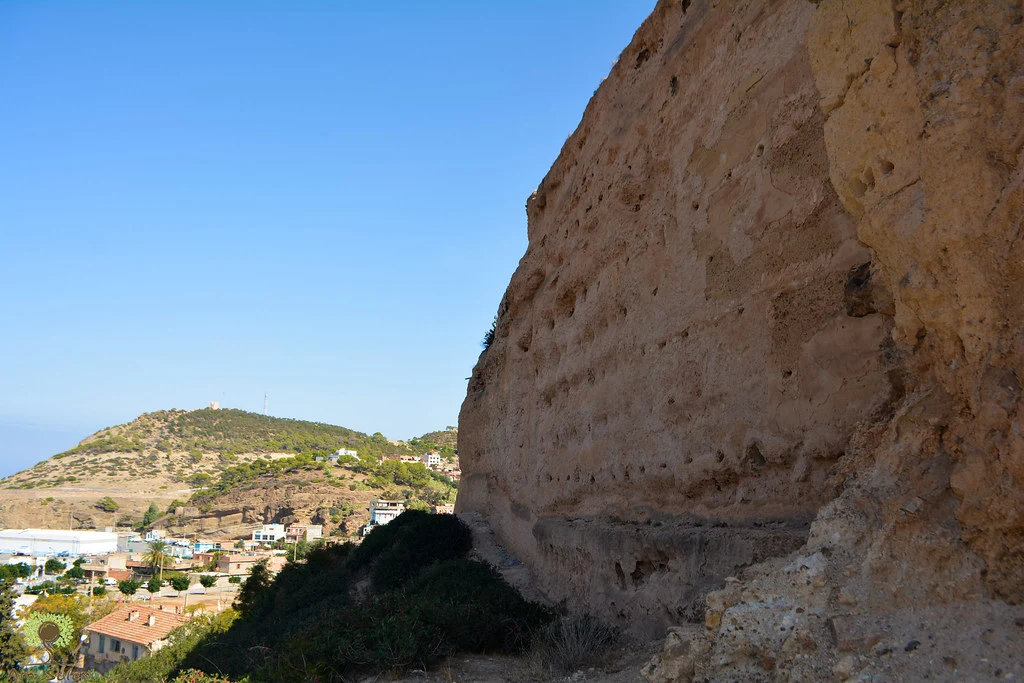Useful Info
The Honaïne site, including the intra-muros area, the walls, the Casbah, the site of the ancient port, and the watchtower, has been classified as a historical site since 1982.
The majority of the perimeter walls still exist. The city was composed of two distinct parts: the lower part at the beach level and the upper part, which included the Casbah dominating an interior port. Its port, rectangular in shape, was connected to the sea by a canal. It was protected by walls that have disappeared today. The port entrance was controlled by a large arch: Bab al-Bahr. From the Casbah, one can still see some remains of a forewall and towers, one of which protected the sqifa.
 |  |
 |
These ruins are within an area of 41,000 square meters. The walls, made of rammed earth, include square towers each with a gate. Inside the city, the remains of a Casbah, a mosque from the 14thcentury and possibly a hammam can still be found. Above the Casbah, there is an interior dock.
There are also remnants of raw material exploitation during the colonial era, notably remnants of a cable car used to transport raw materials to the port of Honaïne.
A museum, inaugurated on , houses movable material heritage such as pottery unearthed on the site during archaeological excavations carried out in the 1980s.
The Honaïne site, including the intra-muros area, the walls, the Casbah, the site of the ancient port, and the watchtower, has been classified as a historical site since 1982.
The majority of the perimeter walls still exist. The city was composed of two distinct parts: the lower part at the beach level and the upper part, which included the Casbah dominating an interior port. Its port, rectangular in shape, was connected to the sea by a canal. It was protected by walls that have disappeared today. The port entrance was controlled by a large arch: Bab al-Bahr. From the Casbah, one can still see some remains of a forewall and towers, one of which protected the sqifa.
 |  |
 |
These ruins are within an area of 41,000 square meters. The walls, made of rammed earth, include square towers each with a gate. Inside the city, the remains of a Casbah, a mosque from the 14thcentury and possibly a hammam can still be found. Above the Casbah, there is an interior dock.
There are also remnants of raw material exploitation during the colonial era, notably remnants of a cable car used to transport raw materials to the port of Honaïne.
A museum, inaugurated on , houses movable material heritage such as pottery unearthed on the site during archaeological excavations carried out in the 1980s.








